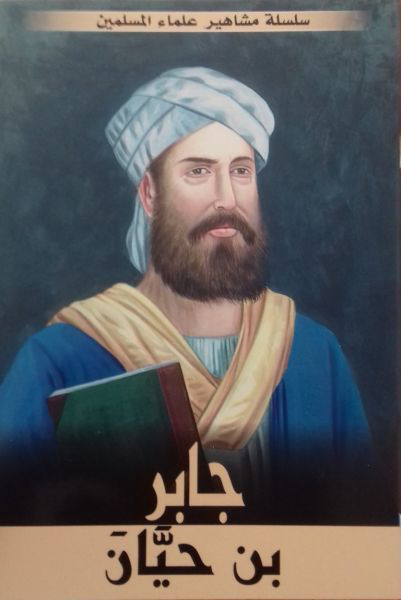Q.1 The Role of Jabir bin Hayan in Science?
Describe the Role of Jabir bin Hayan in Science.
- He was born in Iran.
- He practiced medicine in Iraq.
- He did more work in chemistry.
- His famous books are “Al-Nabatat” and “Al-Hayman.”
Q.2 Describe the Role of Abdul Malik Asma in Science.
- He was the first Muslim scientist who studied animals in detail.
- His famous books are, Al-Arbil(camel), Al-Khail(horse), Al-Wahoosh(animal), and Khalq ul Ansan. Describe the Role of Jabir bin Hayan in Science.
Q.3 Describe the Role of Bu Ali Sina in Science?
- He was the founder of medicine.
- He is called Avicenna in the west.
- He was a physician, philosopher, astronomer, and poet.
- His famous book is Al-Qanun-fi al-Tib.
- His photo is used on a ticket in Poland.
- Abdul Malik Asma
- Jabir bin Hayan
- Bu Ali Sina

Q.4 Describe different Levels of Organization.
1. Subatomic and Atomic Level:
The matter is made up of atoms. Atoms join to form elements.
Atom is made of electrons, neutrons, and protons.
Bioelements: “The elements that are found in living things are called bio elements.” Page 3 There are 16 bioelements. e.g C, O, H, N
In protoplasm of living organisms, Oxygen-65%, Carbon=18%, Hydrogen=10%, Nitrogen-03%, Ca=02%, Phosphorus-01%
2. Molecular Level:
“A smallest part of a compound having properties of that compound is called a molecule.”
Biomolecules: “The molecules that are found in living things are called bio-molecules.”
There are two types of bio-molecules:
a)Micro molecules: “Molecules having low
molecular weight is called micro-
molecules.”
e.g glucose, water
b) Macro molecules: “Molecules having a high molecular weight
are called
macromolecules.”
e.g protein, lipids
3. Organelle and Cell Level:
“The structure present in the cell is called organelle.” Different organelles perform different functions. e.g
- Mitochondria (they help in cellular respiration)
- Ribosomes (they help in protein synthesis)
Cell: All organisms are made of cells. A cell is the basic unit of structure and function of all living organisms. There are two types of cells
Prokaryotes and Eukaryotes
4. Tissue Level:
“A group of cells having same structure and function is called tissue.” e.g There are different types of plant tissues vascular tissue, epidermal tissue, and ground tissue.
There are different types of animal tissues, nervous tissue, and muscular tissue.
5. Organ and Organ System Level:
Different tissues combine to form an organ, e.g heart is an organ
Tissue+Tissue ——-> Organ
Different organs combine to form an organ system.
e.g digestive system consists of the mouth, food pipe, stomach, small intestine, and large intestine. All these organs help in the digestion of food.
Organ+Organ——-> Organ system
6. Individual Level:
Different organ systems combine to form an individual. For example, a Human is an individual.
Different organ systems are present in humans such as the digestive system has a mouth,
food pipe, stomach, small intestine, and large intestine.
Organ system + Organ system——>Individual
7. Population Level: “Group of the same species living in an area is called a population.”
For example, the human population in Pakistan in 2010 was 173.5 million.
8. Community Level:
“Group of different species living in an area is called a community.”
For example forest or jungle There are two types of communities.
- Complex Community: e.g forest community & pond community
- Simple Community: eg a fallen log with different organisms under it.
9. Biosphere Level:
“The part of the earth where communities live is called the biosphere.”
Q:10 Define Species.
“Group of organisms which can interbreed and produce
fertile offspring are called
species.”
Q:11 Define Habitat.
“A place in which an organism life is called habitat.”
For example, the habitat of sparrows is the nest.
Q:12 Define Parasite.
“An organism that takes food and shelter from other organisms and also harms it is
called parasite.” e.g mosquito
Q:13 Define Fossils.
“The remains of dead bodies of plants and animals called fossils.”
Q:14 Define Unicellular?
“Organism made of only one cell is called unicellular.”
e.g Amoeba, Euglena, Paramecium, Chlamydomonas, Bacteria
Q:15 Define Multicellular?
“Organism made of many cells is called
multicellular.” e.g human, frog, mustard

